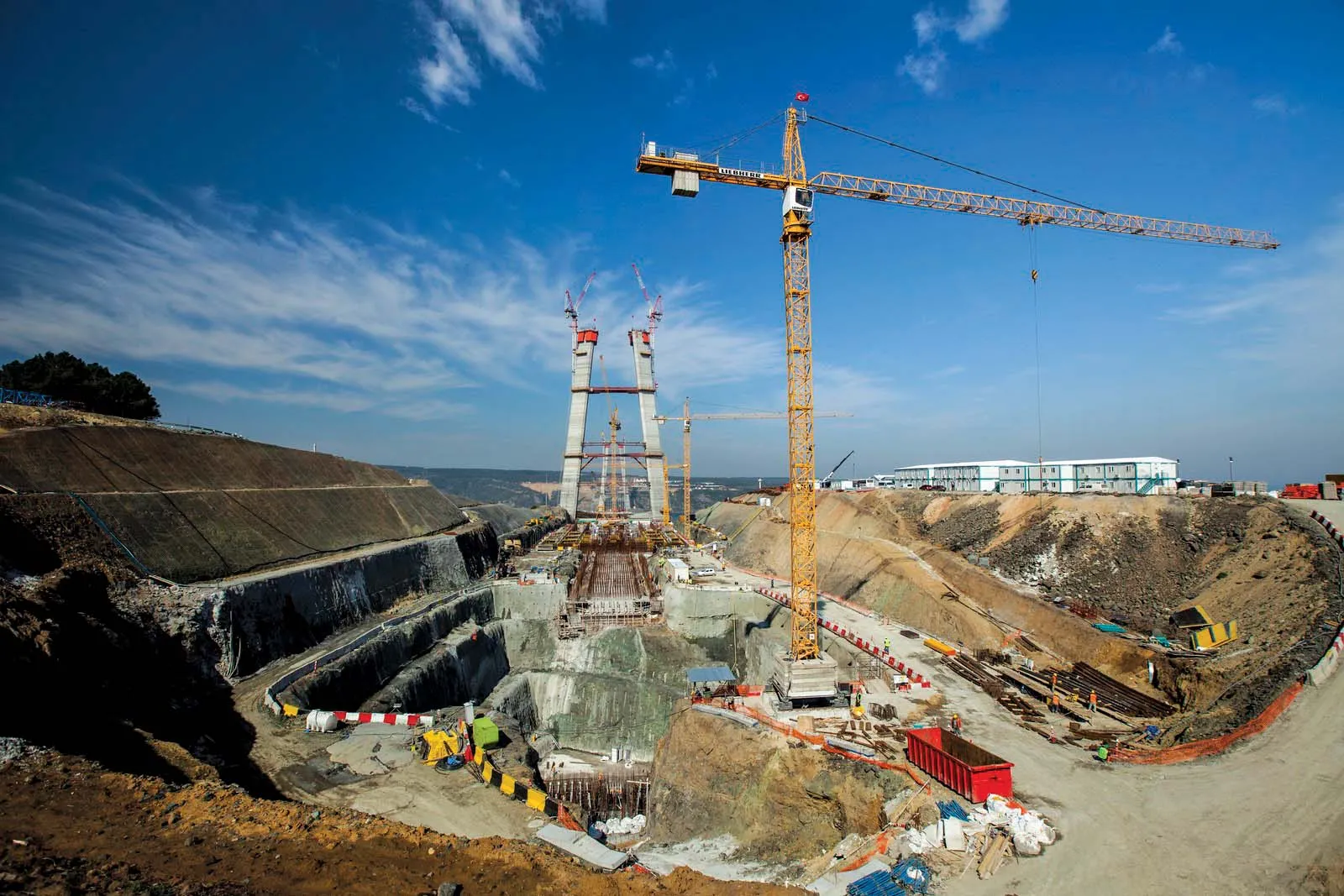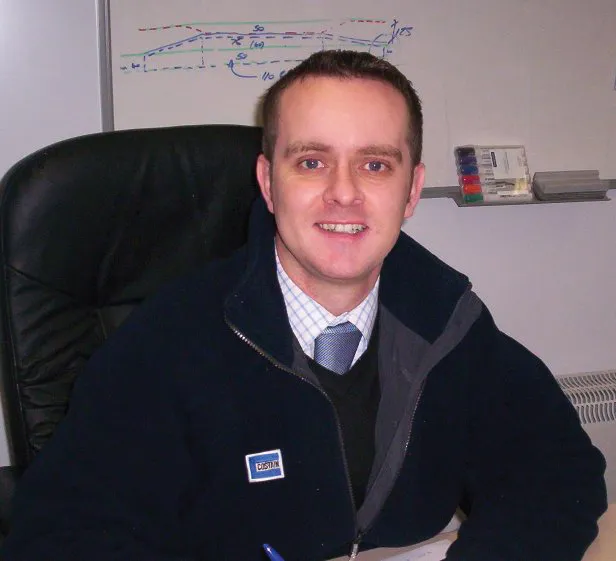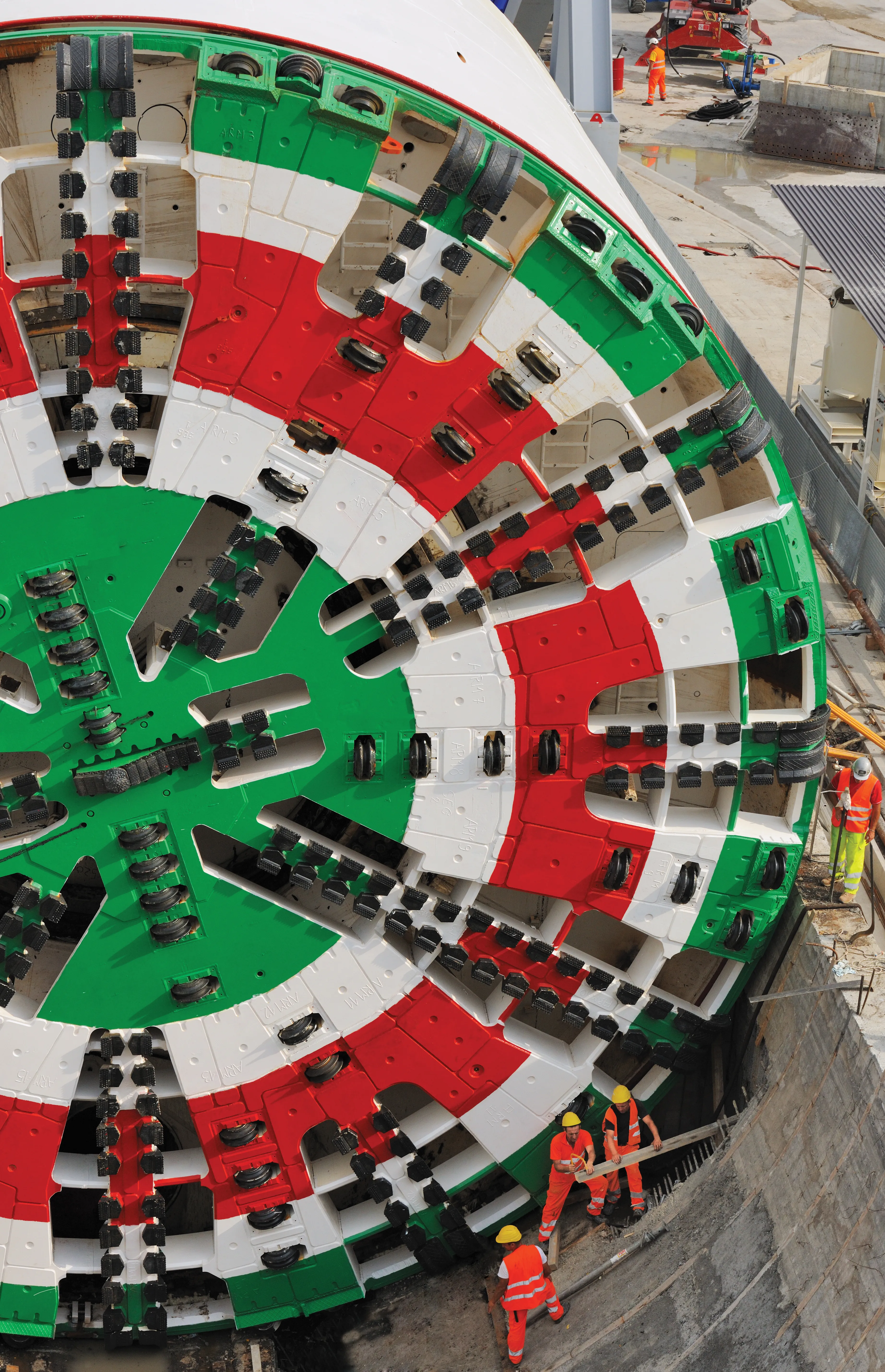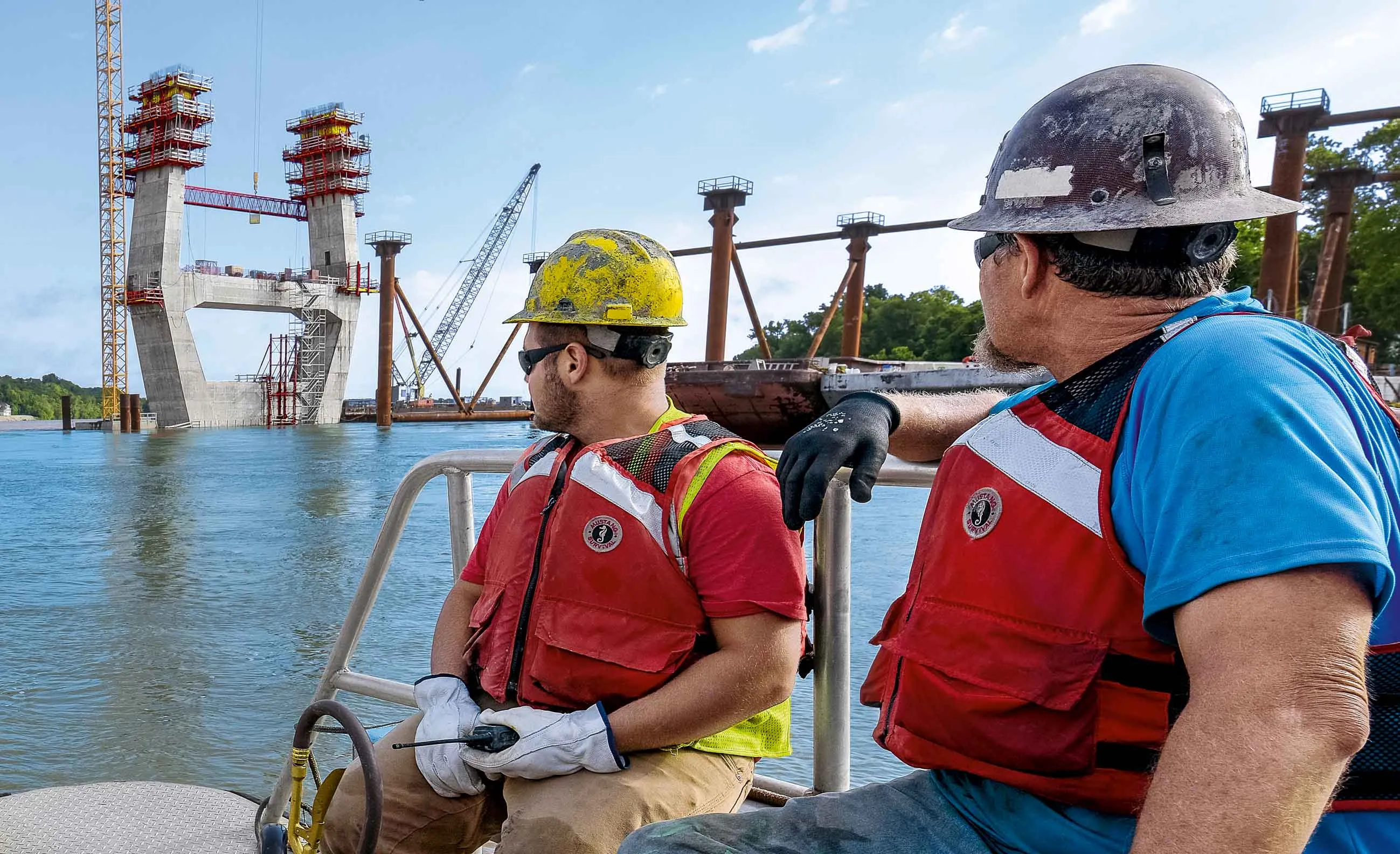A heavy rail crossing as part of Australia's EastLink motorway demanded great ingenuity and careful planning Most of the 88 bridges on the EastLink tolled motorway in, Melbourne, Australia were kept as simple and straightforward as possible. Contractor Thiess John Holland (TJH) developed its own precast yard 150km from the city, which provided many of the prefabricated materials required for the structures. This offered speed and economy while logistics and sequencing were vital for their erection. But the
July 18, 2012
Read time: 6 mins
A heavy rail crossing as part of Australia's EastLink motorway demanded great ingenuity and careful planning
Most of the 88 bridges on the EastLink tolled motorway in, Melbourne, Australia were kept as simple and straightforward as possible. ContractorBut the heavy rail crossing over a highway for the Ringwood line demanded much greater ingenuity and careful planning. It was always going to be a little unusual: heavy trains need stiffer, beefier crossings than other types of bridge, and the existing two-line crossing also required expanding with room for an extra rail in the future.
The 39km EastLink motorway, running to the east of Melbourne, was Australia's largest project and it opened in June 2008 on-budget and many months ahead of time.
However, the original thoughts for the rail bridge were to remove the railway and its embankment and demolish a small existing bridge over an old road along the new highway alignment. In the space a new 105m long steel and concrete decked bridge could be built in situ, and then the wide cutting for EastLink could be excavated below, around the piers.
To achieve this, the railway tracks needed to be split apart onto new temporary track, supported either side around the bridge site. But there was simply no room to do that says Matthew Gault, the TJH Project Manager for the Ringwood north section of the project.
There was space in the road reservation itself and it was decided to build the entire bridge 14m to one side of the existing track and then, when it was ready, slide it into place using powerful jacks. The railway was shut for short periods but otherwise it kept running.
Such methods have been used before but each is different and complex, demanding precise timing not just for the slide but also to prepare the track to receive the new bridge.
Early on the engineers committed themselves to a programme, because Connex, the rail operators, needed several months' notice for an occupation of the tracks.
Essentially the foundations and final columns of the bridge had to be installed first and then the crosshead supports for the bridge deck.
The giant foundations for the four-span bridge (great 1.8m diameter bored concrete piles) were installed outside the train 'envelope'.
Pairs of the piles at each of three pier positions, and for the abutments, were put in through the existing train embankment. They were placed in the ground as support but stood free in the top few metres once the ground was excavated around them, forming the columns of the bridge.
The job was more difficult than usual, however, because the piles had to have their heavy steel reinforcement and connections done with unusual precision to allow the crossheads to slot in later. This had to be done 5m deep down into the piles.
"To use the drilling rig we had built the sloping embankment up to a level platform with spoil but this meant it was higher than the position of the final crosshead connection," explains Gault.
Concrete was only poured up to the required level, leaving empty steel casing above. Workers then had to go down inside to break back the concrete, measure the positions accurately and install the stress bars.
'Snow White' While this was happening the five 130tonne heavily reinforced crossheads were cast a few metres away. Each unit had to be lifted into place, and the site was prepared for the cranes and excavators needed for the operation over a weekend in August 2006 (over 200 men and dozens of machines, cranes, excavators and trucks were involved).
A 500tonne Demag crane, christened Snow White and used throughout the road project, was the main tool for lifting the crossheads in.
"First task in the possession was to rip up the entire train track, and then dig trenches for the crossheads so they could be positioned on the piles," explains Gault. All that had to be replaced and the tracks relaid by the Monday morning.
However, nearly ten hours was lost when, despite meticulous planning, an old drain with bad ground around it was discovered near where the outriggers of the crane were to be placed. Geotech samples a few metres away showed nothing, but the site had to be backfilled with firm material, and the over-run cost the contractor a penalty.
Despite this the operation went exceptionally well with the crossheads dropping into place exactly. The event underlined the need for even more preparation on the second possession, already booked for a few months ahead just after the Christmas break. For this the bridge deck itself was being built in eight sections, tied together at the last minute. Everything was included from the steel beams and concrete deck up to walkways, ballast and track, all ready to go.
To move it, the bridge needed its own set of tracks. These were reinforced concrete beams which had a steel running plate on the top. Using Teflon bearing pads (the same as in non-stick frying pans) the bridge could be slid along, pulled by powerful hydraulic jacks, one 140tonne unit at each pier and abutment.
The concrete beams were built to the ends of the new crossheads so that this rail could go on to them and carry the bridge into its final position.
But the crossheads were buried in the embankment and the work needed to prepare them for the slide was going to require another possession. Post-tensioning was needed, connections to the piles and installation of the slide rail.
U-shaped culvert TJH devised a clever way around the difficulty. Before covering the crossheads with the reinstated embankment and track on the first occupation a culvert was created over the top of each one, made up with U-shaped precast concrete covers lifted into place. This left a space above the crossheads within the embankment which was large, and safe, enough to work in.
Preparations concluded with a trial pull for the new deck a few weeks before the occupation, "which revealed some issues with the bearings," says Gault.
In January 2007, the second operation went exceptionally well. The possession started half an hour early and the teams of excavators and trucks worked at twice the estimated speed, removing the embankment and ground around the piers.
"In fact by midnight I was phoning the structural crews to come in immediately rather than wait until 6am," says Gault.
A "float" of additional time had been left in the plans anyway, and despite the actual pull of the bridge going slightly slower than expected, the work was completed well ahead of the possession end.
The bridge was in place with its track; the links to the main track either side were installed and tamped down, and new power lines were installed to replace the old ones. Signalling was reconnected and trains were rolling through for the Monday morning rush-hour.
Meanwhile, underneath the excavation of the EastLink highway cutting was being completed to full depth, and the road section joined the rest of the highway construction.









